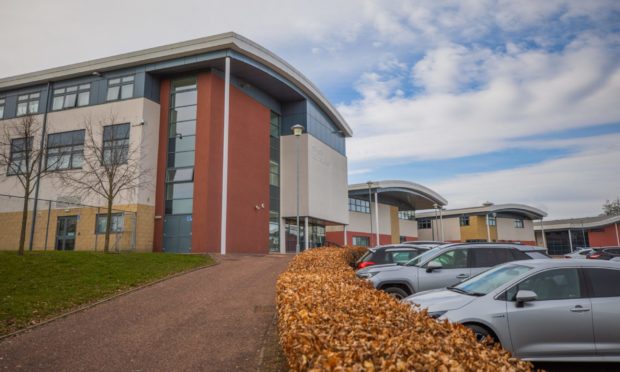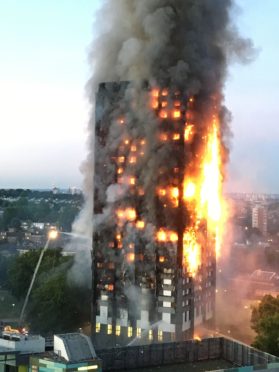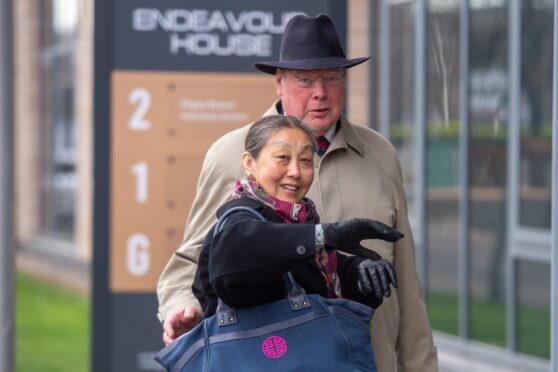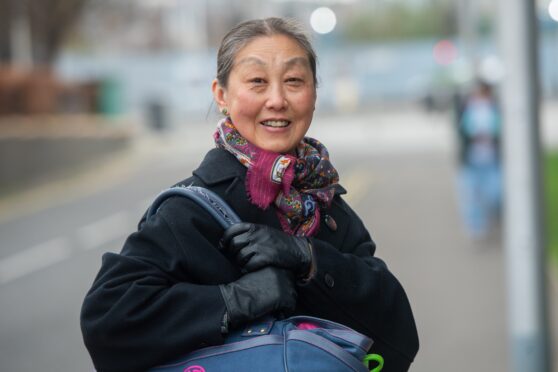Grenfell Tower cladding which encased a Dundee school has finally been removed, it has been confirmed.
It has been approximately four years since the potentially fatal insulation was first highlighted at St Paul’s RC Academy.
St Paul’s external walls were clad with Reynobond PE, which was also found on the tragic London tower block fire which claimed the lives of around 70 people in June 2017.
Dundee councillors were notified of the substance’s presence a month after the Grenfell blaze and at a cost of £70,000 it was intended to remove the insulation by summer 2019.
However, the cladding was only removed before pupils returned to school earlier in August.
A Dundee City Council spokesman confirmed the work had taken place, stating: “Work to replace the cladding took place during the summer holidays and is now complete.”
A freedom of information request we submitted in May revealed the cladding had not been removed on schedule.
It had been used at the school as an elevation treatment between upper windows and roof levels to 24% of the building elevation.
At the time, Dundee City Council said “logistical” reasons had meant the removal of the cladding had been delayed.
North East MSP Michael Marra, who is also a councillor for the Lochee ward, urged the local authority to remove the cladding immediately.
In May, he said: “The safety of pupils and staff should be of the utmost concern. There should be no further delays.”
Reynobond, an aluminium composite material, meets current Scottish building standards however it is understood the UK government may consider a ban on the cladding at a later date.
The material is made from polyethylene plastic sandwiched between two very thin sheets of aluminium.
It is used to make buildings warmer and drier, however it is now considered a highly flammable form of insulation.
The removal means there are now no schools in the city which uses the potentially harmful material.
Two Angus primary schools – Warddykes and Timmergreens – both use a similar cladding known as Alucobond, however both schools use under 5% of the material.











